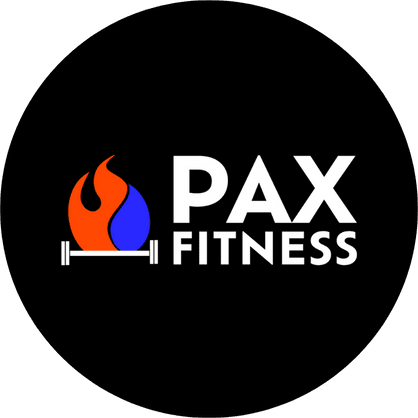Winterize Your Wellness: The Science Behind Cold-Weather Exercise

Posted on January 11th, 2024.
As winter blankets the world in frosty whites and chilly breezes, the temptation to hibernate indoors can be strong. However, embracing the cold and engaging in outdoor exercise during winter can bring about surprising benefits for your overall well-being. In this article, we'll explore the science behind cold-weather exercise and how it can contribute to your winterized wellness routine.
The Winter Fitness Advantage
1. Calorie Burn Boost:
Cold weather can be a powerful ally in burning calories. When your body is exposed to the cold, it works harder to maintain a stable internal temperature, leading to an increase in calorie expenditure. This means that your winter workout can potentially torch more calories than a similar exercise routine in milder temperatures.
2. Increased Endurance:
Cold weather forces your body to adapt. The cardiovascular system works more efficiently in cooler temperatures, leading to improved endurance. Additionally, the body may burn more fat as a source of energy during cold-weather exercise, which can be beneficial for those looking to shed extra pounds.
3. Mood Enhancement:
Sunlight and fresh air play crucial roles in boosting mood. Even during winter, exposure to natural light can stimulate the production of serotonin, a neurotransmitter associated with feelings of well-being. Cold-weather workouts allow you to soak up the limited winter sunlight, helping combat the winter blues.
The Science Behind Cold-Weather Exercise
1. Thermogenesis:
Your body's response to cold is thermogenesis, the process of heat production. During exercise in cold weather, your muscles generate heat, and your body increases its metabolic rate to maintain warmth. This elevated metabolic activity can contribute to weight loss and improved cardiovascular health.
2. Brown Fat Activation:
Brown fat is a type of fat that burns calories to generate heat. Cold exposure can activate brown fat, which is typically more abundant in colder months. Engaging in outdoor exercise during winter stimulates the activation of brown fat, aiding in weight management and improved insulin sensitivity.
3. Improved Oxygen Utilization:
Cold air is denser and contains more oxygen, making each breath during winter exercise more oxygen-rich. This can enhance your body's ability to utilize oxygen, improving respiratory and cardiovascular function. It also contributes to better overall athletic performance.
How to Safely Embrace Cold-Weather Exercise
1. Layer Up:
Dress in layers to regulate body temperature. This helps you stay warm at the beginning of your workout and allows you to shed layers as your body heats up. Choose moisture-wicking fabrics to keep sweat away from your skin and prevent chilling.
2. Stay Hydrated:
Dehydration is a risk even in cold weather. Drink water before, during, and after your workout to stay adequately hydrated. Cold air can be dry, leading to increased fluid loss through respiration.
3. Warm-Up Properly:
A thorough warm-up is crucial in colder weather. Cold muscles are more prone to injury, so take extra time to warm up before diving into your workout. Dynamic stretches and light cardio can prepare your body for the demands of cold-weather exercise.
Embracing the cold for your workouts can be a game-changer for your winter wellness routine. From increased calorie burn to improved mood, the science behind cold-weather exercise supports its numerous benefits. So, layer up, lace up your shoes, and venture into the winter wonderland to boost your fitness and well-being.
Remember, always consult with a healthcare professional before starting a new exercise regimen, especially in cold weather conditions.
For more information on winter fitness plans and personalized guidance, contact us at Pax Fitness or explore our services at PaxFitCo.
Contact Me
Send a Message
For a better experience, tell me everything about you, such as your age, your fitness experience and goal, your current nutrition and fitness habits, and what's stopping you from achieving your fitness goals!
